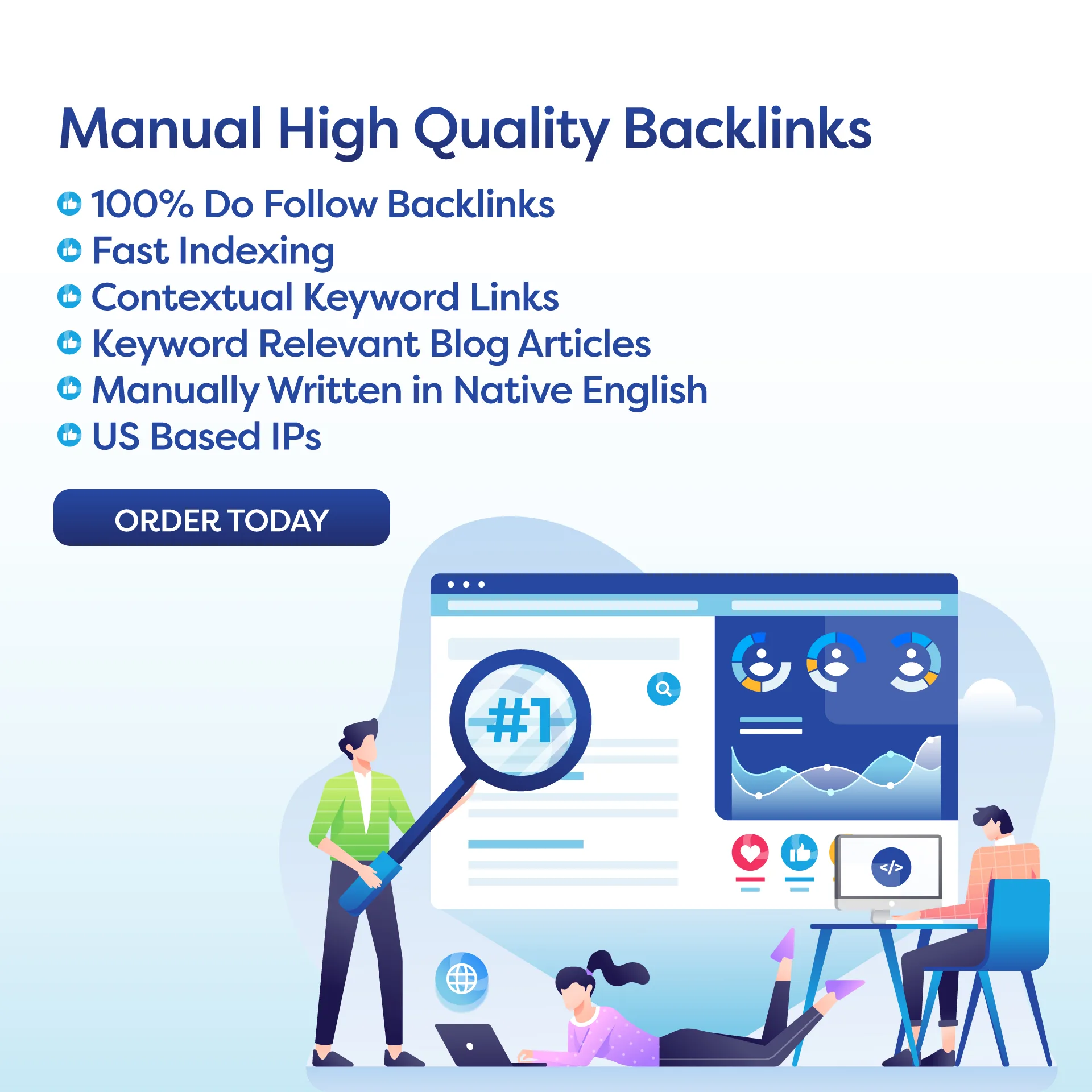**Introduction**
When it comes to increasing website traffic and improving search engine rankings, **content SEO best practices** play a crucial role. In today’s digital world, where competition is fierce and online visibility is key, understanding and implementing effective **content SEO strategies** is essential for businesses and website owners. From optimizing keywords to improving website structure and user experience, there are various tactics that can be used to enhance **SEO** performance. In this article, we will explore the key **content SEO best practices** that can help you boost your website’s search engine visibility and attract more organic traffic.
**Key Takeaways**
1. **Keyword Research:** Conducting thorough keyword research is the first step towards creating **SEO-optimized content**. By identifying relevant keywords that have high search volume and low competition, you can tailor your content to match what users are searching for.
2. **Quality Content:** Producing high-quality, engaging content that provides value to your audience is vital for **SEO success**. Search engines prioritize websites that offer valuable, informative content, so focus on creating content that is well-written, relevant, and optimized for search engines.
3. **On-Page Optimization:** Proper on-page optimization is essential for improving your website’s search engine rankings. This includes optimizing title tags, meta descriptions, headings, and URLs, as well as using internal links and relevant keywords throughout your content.
4. **Mobile-Friendly Website:** With the rise of mobile device usage, it is crucial to ensure that your website is mobile-friendly. A responsive design that adapts to various screen sizes and devices will improve user experience and SEO performance.
5. **User Experience:** Providing a seamless, user-friendly experience on your website is key to keeping visitors engaged and reducing bounce rates. Optimize your website’s load speed, navigation, and overall design to enhance user experience and improve search engine rankings.
**Keyword Research**
*Relevant Keywords*: Identifying the right keywords to target in your content is essential for **SEO success**. Start by conducting keyword research using tools like Google Keyword Planner or SEMrush to find relevant keywords that have high search volume and low competition. Focus on long-tail keywords that are specific to your niche and target audience, as these are more likely to attract qualified leads.
*Keyword Placement*: Once you have identified your target keywords, strategically place them throughout your content. Include keywords in your title tags, meta descriptions, headings, and body copy to signal to search engines what your content is about. Avoid keyword stuffing, as this can negatively impact your SEO performance.
**Quality Content**
*Valuable Information*: When creating content for your website, focus on providing valuable, informative information that addresses the needs and interests of your target audience. Research your topics thoroughly and offer unique insights or perspectives that add value to your content.
*Engaging Writing*: To keep readers interested and engaged, use a clear and compelling writing style that is easy to read and understand. Break up your content with headings, bullet points, and imagery to improve readability and encourage users to stay on your page longer.
**On-Page Optimization**
*Title Tags*: Your title tag is one of the most important on-page elements for **SEO**. Include your target keyword in the title tag, keep it under 60 characters, and make it compelling to encourage clicks from search engine results pages.
*Meta Descriptions*: A well-crafted meta description can improve click-through rates and increase traffic to your website. Write a concise, descriptive meta description that includes your target keyword and entices users to click on your link.
**Mobile-Friendly Website**
*Responsive Design*: Ensure that your website is responsive and compatible with various devices and screen sizes. A responsive design will provide a seamless user experience on desktops, smartphones, and tablets, improving user engagement and SEO performance.
*Mobile Optimization*: Optimize your website for mobile users by improving load speed, navigation, and readability on smaller screens. Test your website on different devices to ensure that it is user-friendly and accessible to mobile users.
**User Experience**
*Load Speed*: A fast load speed is essential for keeping users engaged and reducing bounce rates. Optimize your website’s images, scripts, and server response times to improve load speed and enhance user experience.
*Navigation*: Make it easy for users to navigate your website by organizing your content logically and providing clear calls-to-action. Use internal links to guide users through your site and improve search engine crawlability.
**Action Plan**
Based on the key points and takeaways discussed in this article, here is an action plan to help you implement **content SEO best practices** on your website:
1. Conduct thorough keyword research to identify relevant keywords for your content.
2. Produce high-quality, engaging content that provides value to your audience.
3. Optimize your website’s on-page elements, including title tags, meta descriptions, and headings.
4. Ensure that your website is mobile-friendly and responsive to various devices.
5. Provide a seamless, user-friendly experience on your website by optimizing load speed, navigation, and design.
**Conclusion**
In conclusion, implementing **content SEO best practices** is essential for improving your website’s search engine rankings and attracting more organic traffic. By focusing on keyword research, quality content creation, on-page optimization, mobile-friendliness, and user experience, you can enhance your **SEO** performance and achieve better results online. Take action today to implement these strategies on your website and watch your **SEO** rankings soar.
**FAQs**
1. What are the best practices for **content SEO**?
2. How can I conduct keyword research for my website?
3. Why is quality content important for **SEO**?
4. What is on-page optimization and how does it improve search engine rankings?
5. How can I make my website mobile-friendly for better **SEO** performance?

